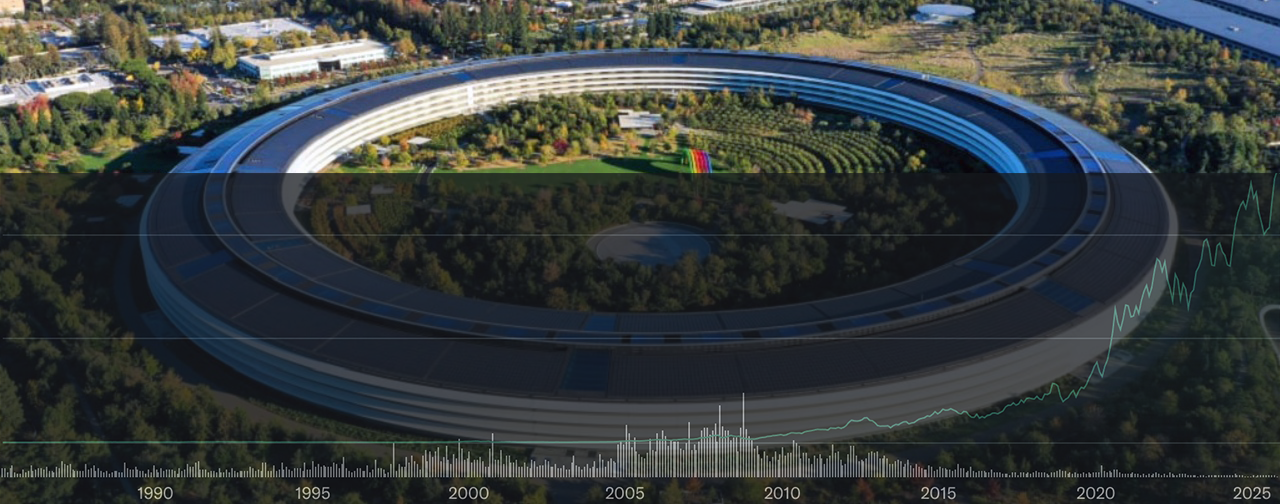Past blog postings here have made it no secret, my disdain for versions of OS X past 10.6 (Snow Leopard). And that is saying a lot because 10.4 (Tiger) before it was a system I refused to part with until a system upgrade (moving from a 2006 Mac Pro to my current 2010 model) required me to leave that operating system behind.
Initial impressions of 10.9 are far more favorable compared to both Lion and Mountain Lion when they were initially unveiled. Two specific features are promising for me; Finder Tabs and Tags. Regarding the former, there have been 3rd party software like Path Finder and TotalFinder which offered tab functionality. Path Finder was just too busy interface wise (plus the last time I used it, there was no way to set custom views). TotalFinder occasionally had some glitches but showed the promise of a tabbed Finder windowing system if implemented correctly. With this feature now being built-in, it integrates and works well with drag-and-drop, consolidating a separate set of tabs (via drag-and-drop), while also working along side standard Finder windows. Unsurprisingly, there are some issues with the initial implementation that should (hopefully) be ironed out by release.



